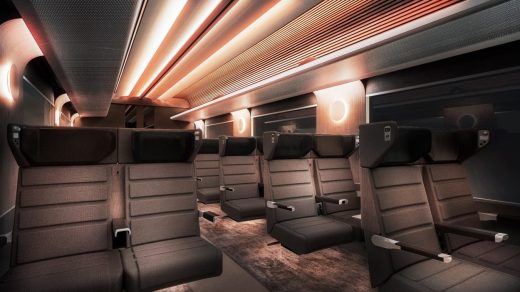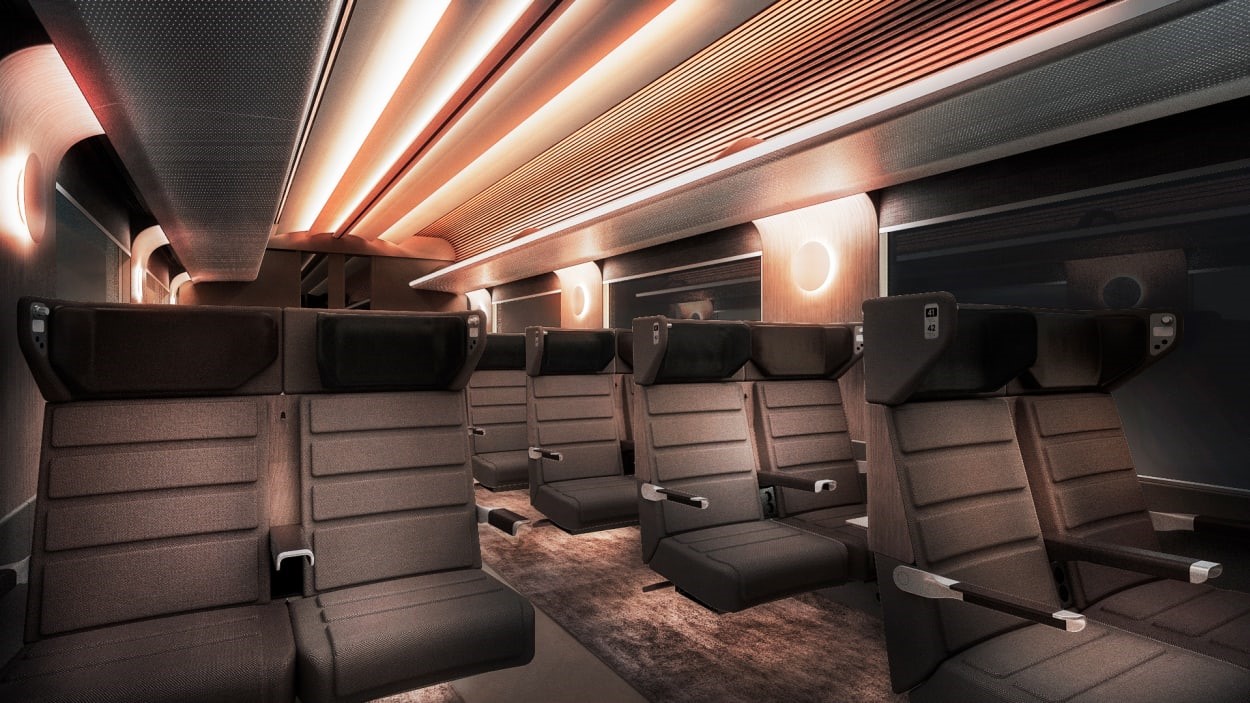The incredibly Danish design of Denmark’s new national trains
By Nate Berg
Denmark’s new national train is about as Danish as you can get. Inspired by Denmark’s mix of big and small cities, with direct references to classic midcentury Danish design, and an embrace of hygge coziness, the new trains are meant to embody the essence of Danishness.
Designed by the Copenhagen-based design firm Johannes Torpe Studios and built by the French manufacturer Alstom, the new trains are an elegant combination of subtle mood lighting, seats that enable both privacy and cuddling, and a material palette based directly on the Danish landscape.
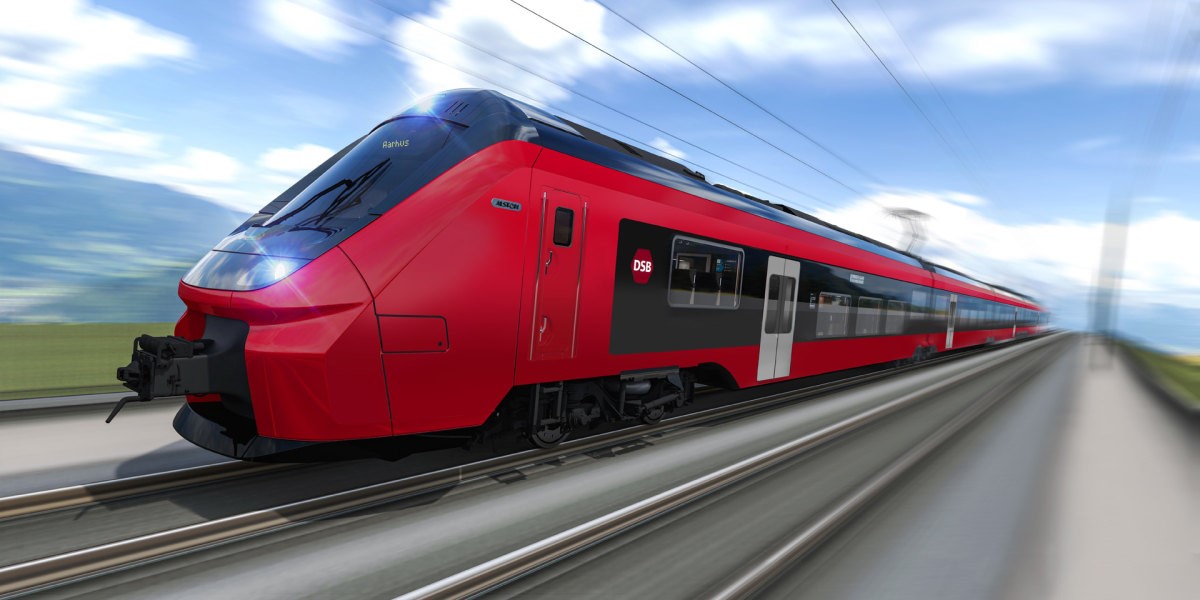
Built for the national train system DSB for an estimated cost of $2.9 billion, the trains are known as IC5, or the fifth generation of intercity trains. Serving a geographically small but varied country of roughly 6 million people, the trains do double duty of running high speed segments between Denmark’s few large cities and also running shorter distance routes between the country’s diverse range of small towns and villages. “The train has to be able to do a lot of things, which is highly difficult,” says Johannes Torpe. With a single design serving both regional routes between fishing towns and the modern metropolis of Copenhagen, the trains needed to have a wide appeal. For Torpe, this meant diving deep into the common traits of the Danish people.
“We went deep into the Danish roots of how we live, how we are nature activists, how we are a flat country, how we have shorelines everywhere and how we connect by public transport,” Torpe says. “We created a narrative of why the train should be based on nature. Most of all because nature always wins.”
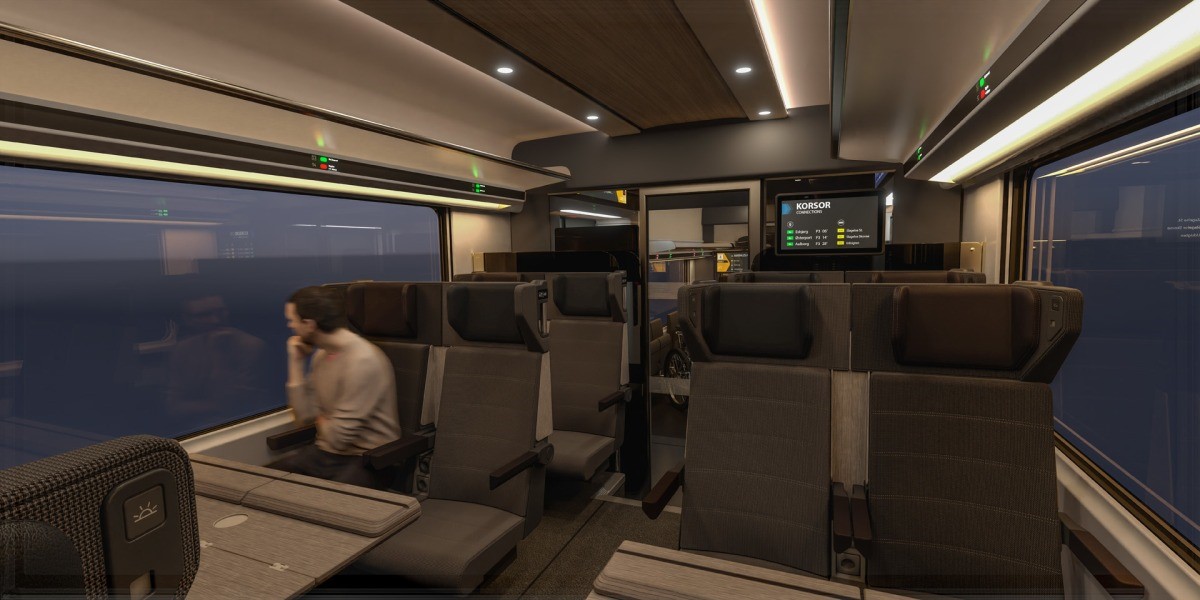
Color schemes were drawn from the coastal landscape. Wood paneling lines the ceiling of the train cars, and lighting is designed to mimic the soft glow of the Denmark’s northern sunrises and sunsets. The seats are finished with wood, leather, and wool.
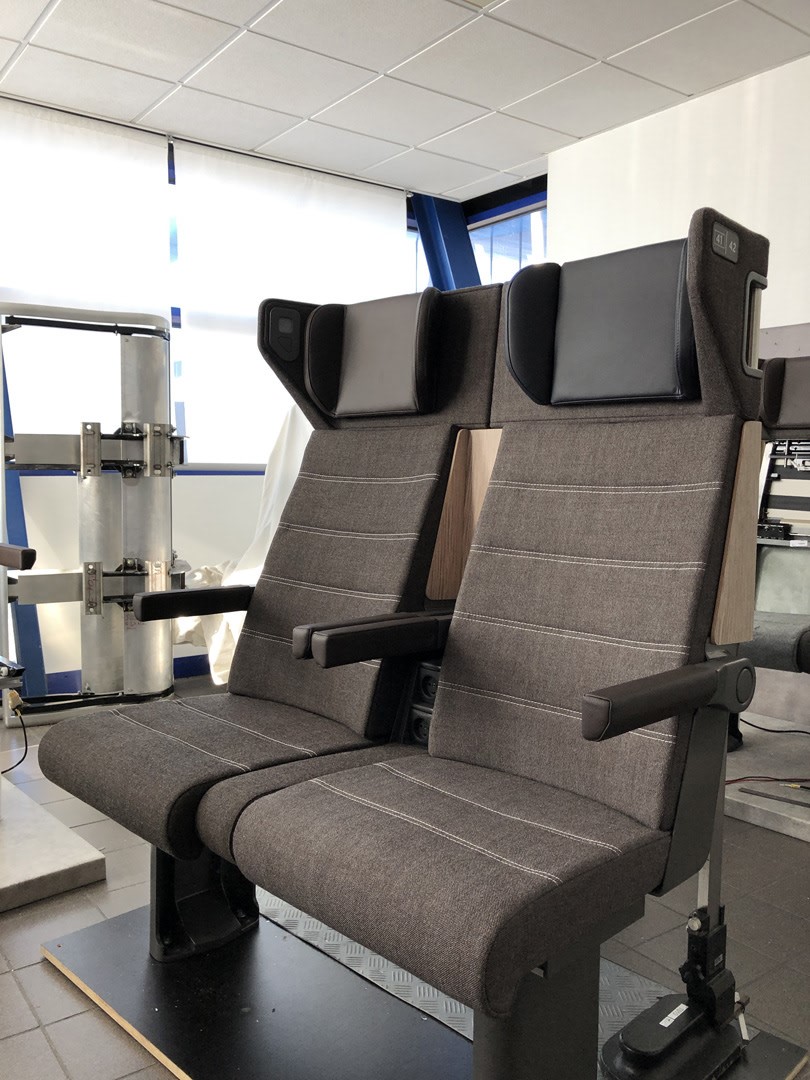
The trains were also inspired by mistakes of the past. The last time the country set out to redesign its trains, the results were less than reliable. It was the late 1990s and the Danish government embarked on a major project to update its intercity trains to a new generation of hardware. The government ordered dozens of new sets of trains from the Italian manufacturer AnsaldoBreda. [Everybody was excited about it. It was all over the news, ‘the new Danish high-speed train is going to be a Ferrari,’” Torpe says.
That headline turned out to be apt. “The Ferrari is a Sunday car. You take it out for a drive and then you go to the repair shop, and get it serviced all the time,” Torpe says. Production delays and maintenance issues plagued the IC4 project almost immediately. The government threatened to cancel the contract when production delays stretched into years. It was a full decade after the original deadline that the last train was delivered, and even then the fleet was shrunk by maintenance challenges. Only a few dozen of the train sets were used with any regularity. “We actually use our trains from the ’80s still today. The IC3 train is what keeps Denmark together,” Torpe says.
In 2014, the government decided it was time to try again, setting a timeline for pulling all the IC4 trains out of service for good. A tender was put out across the European Union for manufacturers to come up with the next generation train, the IC5. There was one stipulation: the train had to be designed by a team from Denmark.
Torpe, who grew up riding trains between his home and his grandmother’s house, was energized by the project and jumped into a competition to become the chosen designer of the French company Alstom, one of the major train builders that was vying for the contract. After an intense, two-and-a-half week internal design competition, Torpe’s firm was selected. They then spent the next two years working closely with Alstom’s internal design and styling team to come up with the detailed proposal for the train’s design. In 2018, they won the government contract.
A final version of the design was released in 2021, and production is now underway. The first completed trainsets are expected to be delivered early next year. (The IC5 trains have not been immune to production delays. Delivery has been pushed back two years from initial expectations.) Service is expected to begin in 2027.
Alstom’s electric trains are based on a product line already in service in several European countries, but the interior is a completely new design. Torpe’s studio, which is made up of architects, interior designers, product designers, and lighting designers, created an interior in which nothing came off the shelf.
They drew inspiration directly from famous pieces of Danish design. The seats, for example, have wing shaped headrests that mimic the form of classic chairs designed by Danish architect Arne Jacobsen. In a nod to the comfort of Danish furniture design and the Danish concept of hygge, or coziness, the armrests in Torpe’s seats can be folded away. “We made them into cuddle seats,” he says.
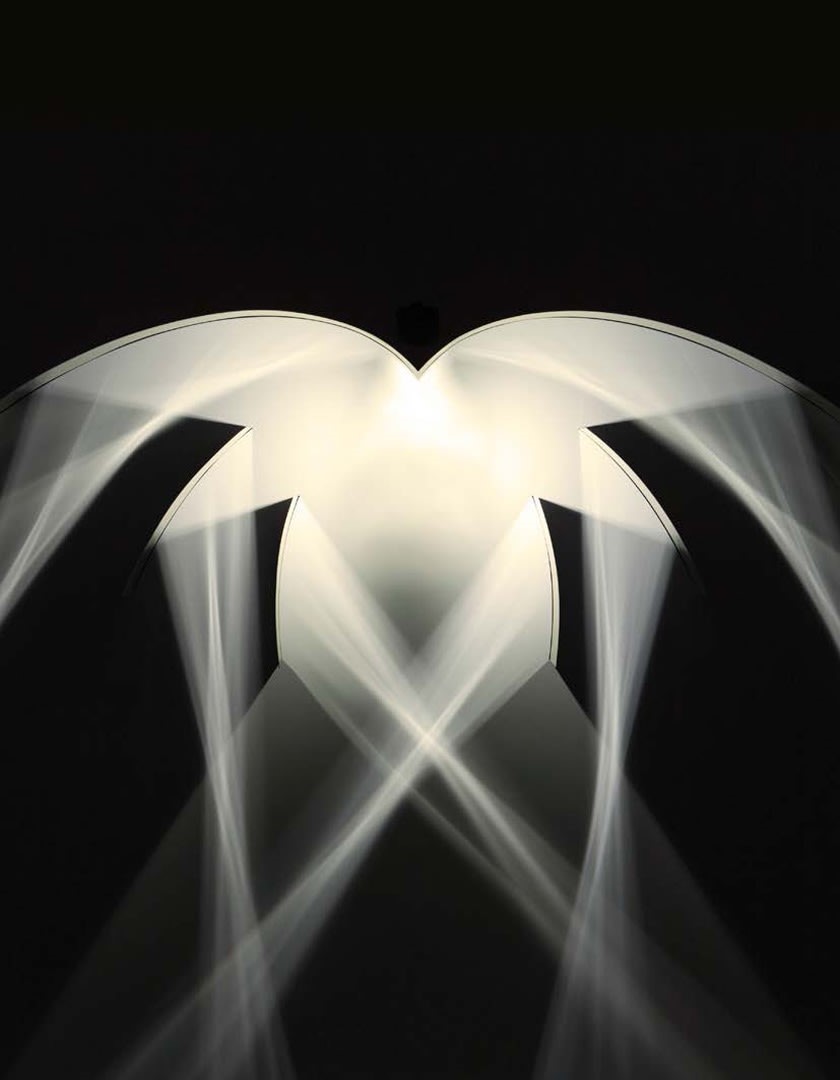
The train’s lighting also draws on Danish design history, adapting the multi-layered shade system made famous in Danish designer Poul Henningsen’s PH lights to the wall sconces and overhead lighting system. These lights are programmed to provide different levels of illumination throughout the day, and augment the sometimes faint light in Denmark’s winter sky.
Torpe says these elements make the train highly representative of the country. He estimates the studio spent more than 15,000 hours on the design. “We went all the way into these details to create the Danish train,” Torpe says.
One particularly important part of the design for Torpe is the fact that the trains have been designed without class separation. There are quiet cars and cars intended for more social interaction, but no first class division. This is partly a matter of practicality, as the trains will be doing both intercity high-speed service and more workaday short haul service between small towns. But creating an interior that functioned for both types of travelers was a needle for the designers to thread. “The Danish people are very different. They have their own identities. How to connect the identities of the Danish people culturally with each other is a very difficult thing,” Torpe says. Removing class barriers and regarding every train trip as equally deserving of comfort was a guiding principle of the design. “To create an experience for the passengers that looks at everybody and not only at the Copenhagen crowd is very important,” Torpe says.
(15)

